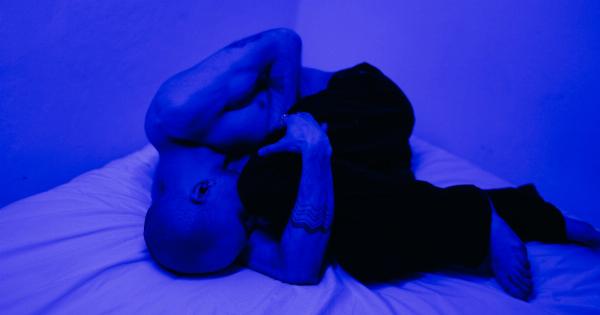Redheads have always been shrouded in mystery. They stand out with their fiery locks and often get attention for their unique traits, including their pain sensitivity.
Over the years, studies have shown that redheads experience more pain than people with other hair colors. But what could be the reason for this? In this article, we will explore the science behind redheads and pain sensitivity.
What is the MC1R Gene?
The secret to understanding the relationship between red hair and pain sensitivity lies in a gene called MC1R. This gene is responsible for producing the pigment that gives hair its red color.
But it also affects other parts of the body, including the skin’s sensitivity to pain.
Researchers have discovered that people with variations in the MC1R gene, which are more commonly found in those with red hair, have an altered pain sensitivity compared to others.
Specifically, redheads can often experience more pain than other people.
The Role of Melanin
So, how does the MC1R gene impact pain sensitivity? To understand this, we need to look at the role of melanin. Melanin is the pigment that gives color to our hair, skin, and eyes.
People with darker skin have more melanin, which helps protect them from the sun’s harmful UV rays. But melanin also plays a role in pain sensitivity.
The melanin in our skin has been shown to absorb certain wavelengths of light, which can help dampen the effects of pain-causing stimuli. However, this only works effectively when a person has enough melanin.
For people with lighter skin, there is less melanin to absorb this light, which can lead to an increased sensitivity to pain.
The Role of the Brain
It’s not just the skin’s sensitivity to pain that is affected by the MC1R gene. Research has found that the brain’s response to pain is also impacted.
According to a study published in the journal Human Brain Mapping, redheads have a different pain response than people with other hair colors. The researchers found that redheads had increased activity in specific areas of the brain when exposed to pain-causing stimuli.
Another study published in Current Biology found that redheads produced more of the neurotransmitter substance P, which is associated with pain perception.
This suggests that the MC1R gene affects the way the brain processes pain signals, leading to an increased sensitivity to pain.
The Connection Between Red Hair, Pain Sensitivity, and Anesthesia
Redheads’ increased sensitivity to pain is not just limited to physical pain. It has been found that redheads may also require more anesthesia than people with other hair colors.
This is because some of the molecules in anesthesia are similar to those that signal pain in the body. Therefore, people with altered pain sensitivity, such as redheads, may require higher doses of anesthesia to achieve the same effect.
What Does This Mean for Redheads?
Being more sensitive to pain can be both a blessing and a curse for redheads. On one hand, it can make them more aware of their bodies and help them take better care of themselves.
On the other hand, it can lead to a greater risk of chronic pain conditions and more painful medical procedures.
Knowing the science behind redheads and pain sensitivity can help healthcare providers tailor their approach to treating redheaded patients.
For example, they may need to use different forms of anesthesia or pain management techniques to ensure that redheads are comfortable and not experiencing undue pain during medical procedures.
The Bottom Line
The science behind redheads and pain sensitivity is complex, but it all comes down to the MC1R gene. People with variations in this gene, which are more commonly found in those with red hair, experience an altered pain sensitivity compared to others.
This increased sensitivity to pain is due to a combination of factors, including the skin’s sensitivity to pain and the brain’s response to it. Understanding these factors can help healthcare providers provide better care for redheaded patients, improving their overall medical experiences.




























